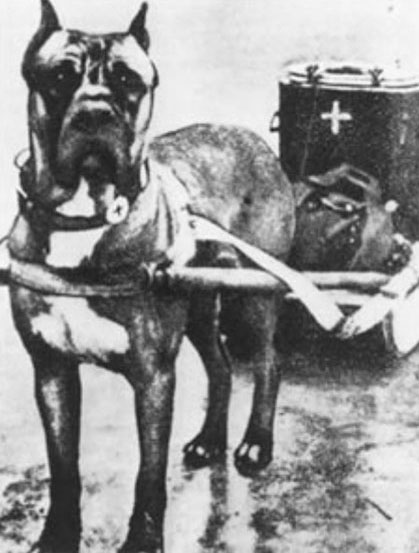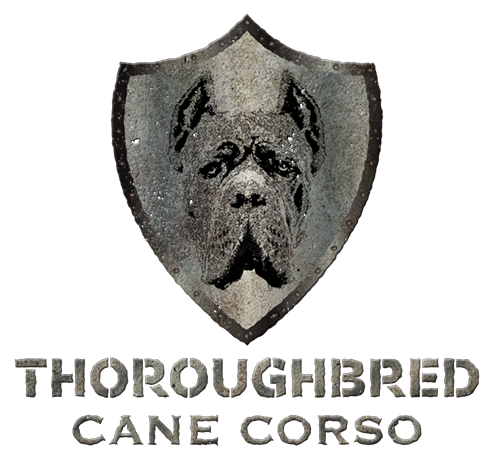
History of Cane Corso

These Mastiff type dogs can be traced back as far as 411 B.C. The Molossus dogs became extremely popular throughout the world during the Hellenic period. Originally only owned by the Molossi people but over time they spread through the region and across the land. The Molossus was used as war dogs in countless wars during this era. In the fourth Century B.C. They accompanied King Philip II in his conquest of Greece, they also aided in the conquering of land from Egypt to India with Alexander the Great. During the Macedonian wars, at the height of the Roman Empire’s power, the legions that subdued and occupied the Greek Islands brought Mollosers back to Italy and bred them to native Italian breeds.
The offspring produced by these crosses were ancestors of the modern Corso and it’s larger relative, the Neapolitan Mastiff. The name Cane Corso is derived from the Italian word for dog, cane, and the Latin term cohors, which means “protector” or “guardian”. Corsi lived up to their name by accompanying soldiers into battle serving as auxiliaries to the military. These early Corsi were larger and more lumberly than the modern-day version and earned their stripes as a fearless Roman war dog, known for charging enemy lines with buckets of flaming oil attached to their backs.
After the period of the Roman wars had ended the Cane Corso had to adapt to civilian life. They were often used as a farmhand, to guard livestock and property, herd livestock and hunt big game such as wild boar. Corsi were used for many task, though the primary role of the Cane Corso was that of a guard dog. Their innate protective instinct made them the ideal breed for
keeping watch over homes and families.


